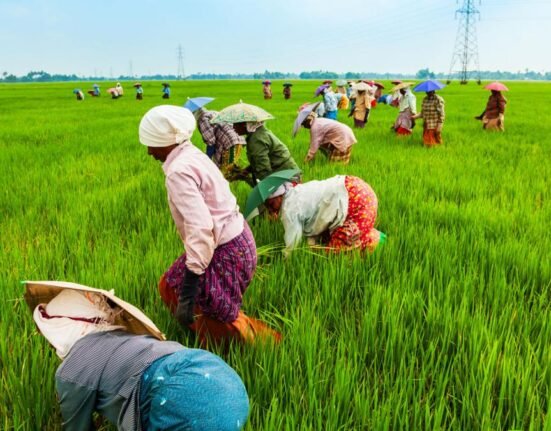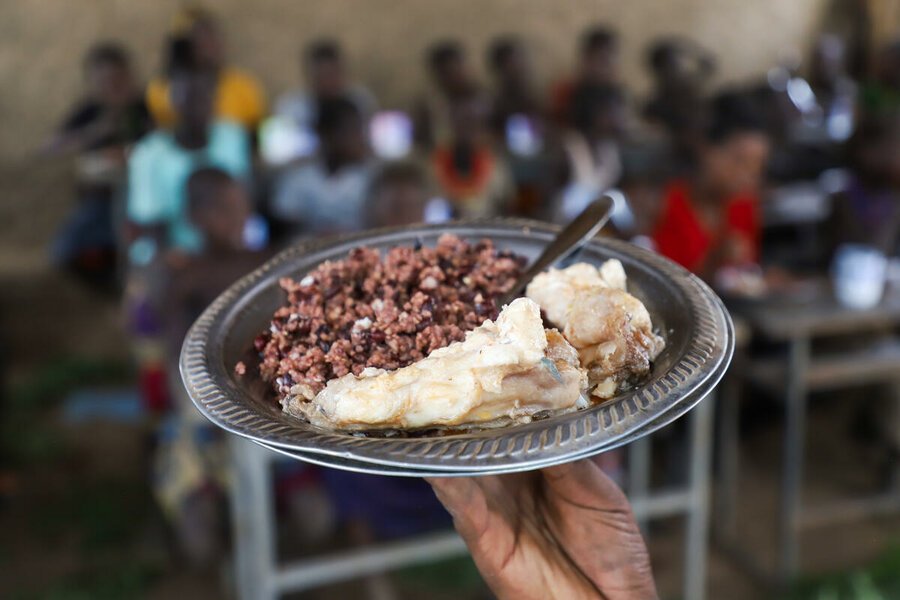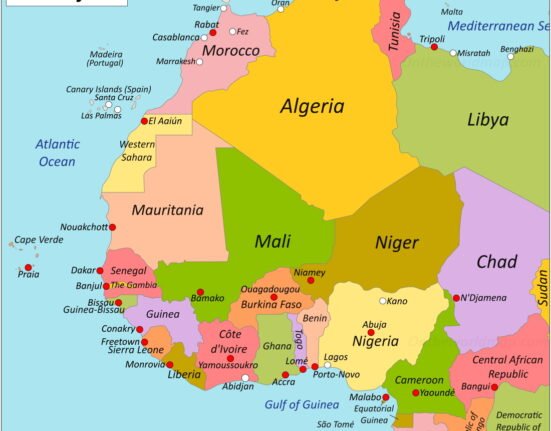Between 2022 and 2024, sub-Saharan African governments expanded school feeding schemes to reach an additional 20 million children, according to the World Food Programme. The region now has 87 million children benefitting from such programmes.
Countries like Ethiopia, Rwanda, Madagascar, and Chad saw large increases in coverage. The programmes not only support child nutrition, but also bolster local farmers—e.g. in Benin, local procurement for school meals injected over $23 million into the economy. However, hunger remains widespread: over 307 million people in the region are chronically undernourished, with major projections indicating growing food insecurity.
Investing in school meals is increasingly seen as a national development strategy rather than just aid-dependent. For communities, this means better child health, enhanced school attendance, and opportunities for local economic boosts. It underscores the need for sustainable funding and policy to maintain and scale such gains despite donor fatigue and rising costs.
Source: Reuters














Leave feedback about this